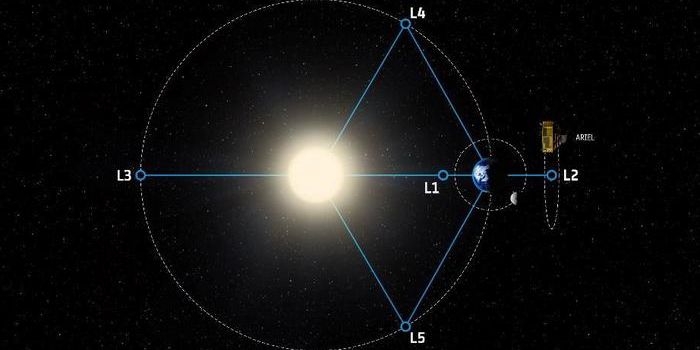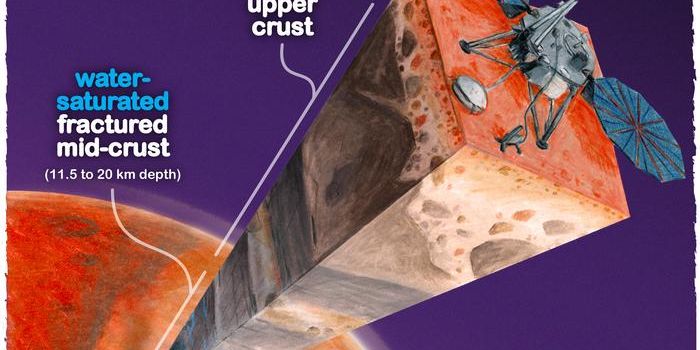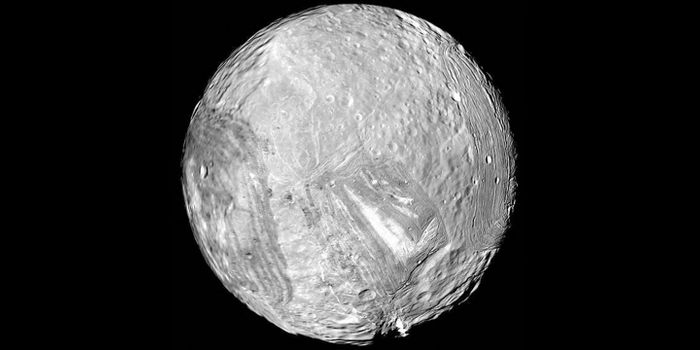Mercury to be Visible as it Transits the Sun on Monday
Earthlings are in for some celestial eye candy on Monday, November 11th. Mercury, the smallest of the solar system’s eight planets, is expected to be at the epicenter of a rare transit occurrence with the Sun. This is an exciting event that hasn’t event since 2016, and perhaps more importantly, won’t happen again until 2032.
Image Credit: NASA's Marshall Spaceflight Center/YouTube
According to a public statement released by NASA just this past week, Mercury will be visible to sky-watchers as it passes in between the Earth and the Sun starting at approximately 6:35 A.M. CST (7:35 A.M. Eastern time). Moreover, the event should be visible for around six hours or so, permitting people from the Americas, Africa, Asia, Europe, New Zealand, and even the Atlantic and Pacific Oceans an opportunity to see it happen.
“Viewing transits and eclipses provide opportunities to engage the public, to encourage one and all to experience the wonders of the universe and to appreciate how precisely science and mathematics can predict celestial events,” commented Mitzi Adams, a solar scientist from the Heliophysics and Planetary Science Branch at NASA’s Huntsville, Alabama-based Marshall Space Flight Center. “Of course, safely viewing the Sun is one of my favorite things to do.”
Related: Mercury, like Earth, is thought to be tectonically active
Unfortunately, because Mercury is so small compared to the Sun or any of the solar system’s other planets, this isn’t something you’d be able to see lucidly with the naked eye in your back yard (not that we’d advise looking at the Sun with the naked eye anyway – you should always use eye protection). Instead, NASA goes on to explain that you’d require a telescope with at least 50x magnification, and a solar filter to protect your eyes.
Those who participated in the solar eclipse viewing just over two years ago will understand the importance of shielding your eyes with the proper means during observations of this caliber. We published a piece advising the proper eye protection for Sun-oriented observations here, however most of this will be irrelevant with the Mercury transit viewing since it won’t be visible without the magnification aid of a telescope with a solar filter.
Anyone attempting to view Mercury as it treks across the surface of the Sun shouldn’t expect anything too mind-blowing. Instead, Mercury will appear as a puny and insignificant black dot as it moves laterally through the frame. No planetary features will be discernable, and it will only block a negligible percentage of the Sun’s light given its paling size comparison.
Related: Can you go blind from staring at a solar eclipse?
Curious about what to expect? Check out these frames captured by NASA’s professional Sun-monitoring equipment:
Given the circumstances surrounding the Mercury transit, it seems unlikely that most ordinary folk will be able to view this extraordinary event. That aside, we’re certain images and live streams will pop up online for those who might be unable to view it in person.
Source: NASA









